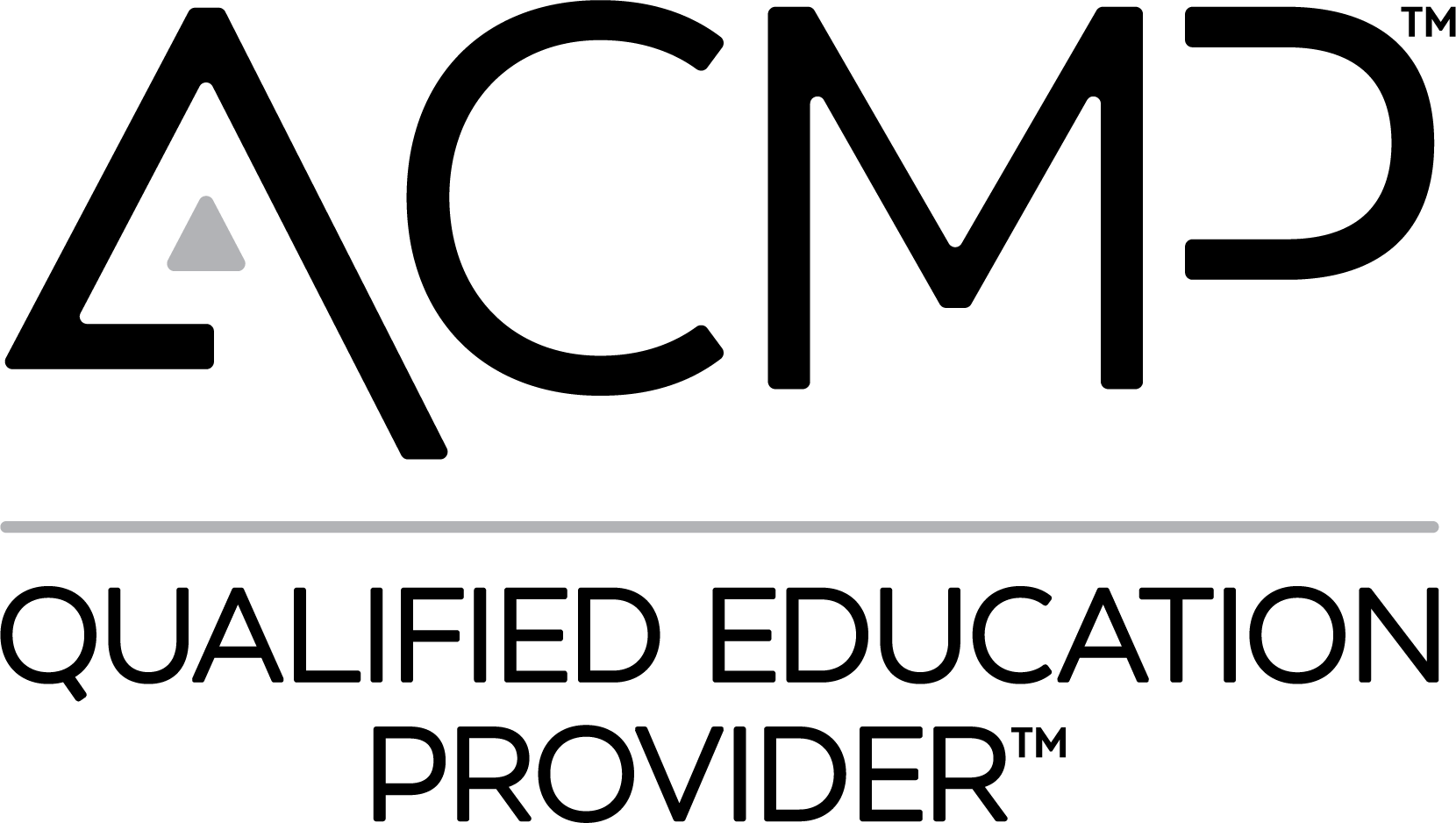Taking a research-driven approach, Change Enthusiasm Global delved into extensive conversations with senior-level executives across diverse sectors earlier this year. Our guiding hypothesis?
According to McKinsey & Company’s 2015 article, an astounding 70% of major change initiatives might be falling short. Our research efforts supported this claim, suggesting that indeed, change has undergone a transformation, and businesses must adapt swiftly to stay ahead. To further validate these insights, we invite you to read Change has Changed, a thought-provoking article written by our CEO and Founder, Cassandra Worthy.
But why? The reasons bring to light a crucial insight: in today's fluid environment, navigating change demands a renewed perspective. In this installment of our executive research series, we explore 5 of the 9 pitfalls discovered that often hinder change initiatives.
In a rapidly evolving world, it's both surprising and concerning how often change initiatives miss their targets. From weak leadership to employees resisting change, our findings from executives shed light on the challenges companies face in embracing transformation. Let’s explore how.
Weak Leadership
Behind every safe flight, there is a great pilot navigating the turbulence. In a world of constant change, it's strong leadership. Without resilient leadership, efforts are challenged from the start. What we heard time and again in our interviews is leaders are responsible for setting the tone, providing direction, and instilling confidence. An executive in the transportation industry shared, “You know, some leaders need to understand that they can't ignore the emotional and personal part of [change]. If they don't take the right level of empathy, they will lose the plot.” When they're ambiguous or non-committal, the team lacks the guidance and assurance they need to adapt with confidence.
Communication Breakdown
Change isn't just about action—it's about the story we tell. Insufficient communication deprives employees of understanding the narrative. In our research, executives emphasized the utmost importance of clear, concise communication and storytelling to paint the envisioned future state. As one of the executives quoted, "One of the things that I think I've had to strengthen in the change initiatives in this role, something that I did all along, but I think is important to me, is me and my leadership team's ability to tell stories." An unclear message or miscommunication causes confusion. It's crucial to articulate the "why," "what," and "how" of the change to ensure alignment and participation. This is the foundation and building blocks of trust. And the impact on or the “stickiness” of the message in the minds of your workforce, drastically increases when you can tie your “why” to both minds AND hearts. Convey how employee, client, vendor, customer, and/or consumer lives will be improved because of the change.
Planning Pitfalls
It's not enough to dream of a new horizon; one must chart the path. Underestimating the change journey can result in getting lost along the way. Without thorough research on the current state and a detailed roadmap for the future, efforts can easily derail. Successful planning means accounting for obstacles and ensuring resources are aptly allocated.
Employee Resistance
Without buy-in from the team, change is but a castle built on sand. As one executive stated, “Resistance to change is one of the biggest factors contributing to the failure of major change initiatives.” Addressing their fears and providing the mindset to help them grow through change is essential. Employees need to feel heard, valued and included in the process. Through proactive listening and demonstrating empathy, leaders can build a more collaborative and supportive environment in their team and organization.
Resource Drought
Investing in change isn't optional. Organizations that underinvest in resources or skills find their initiatives stalling, even starving. This isn't just about finances—it's also about training, community, and tools. Building a resiliency muscle is what will help your team grow through any change. An executive in the financial services sector stated, "Learning agility for me is the thing you're looking for in leaders. If they've got that resilience, it can really build because they know we collectively or individually are willing to learn." For change to gain momentum, it needs fuel in the form of ongoing investment in your most precious asset: your people.
As we've begun to unpack the myriad challenges organizations face, it becomes clear that the foundation of effective change is multi-faceted, with leadership and communication at its core. As leaders, our role isn't just to steer the ship, but to ensure every crew member is equipped, motivated, and ready for the voyage ahead.
But this is just the beginning of our journey into understanding change. Stay tuned for the final 4 pitfalls discovered as part our series where we explore the human dimension of transformation and the pivotal roles of culture, emotions, and adaptability in ensuring successful change initiatives. For those willing to genuinely understand these tenets and act on them, the success of change initiatives isn't just possible; it's imminent. Let's not merely witness change; let's master the chemistry of growing through change.
How have these challenges of change mirrored your own experiences? Dive into the conversation and share your insights below. Together, we can redefine the future of transformation. Don't miss out – join us for Part 2!
Join the Discussion
When leading change, what challenges have you and your organization faced? Tell us in the comments below!👇











